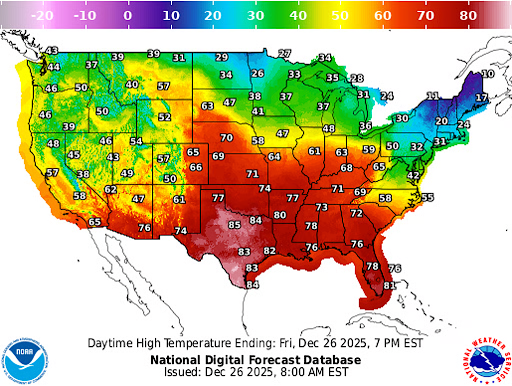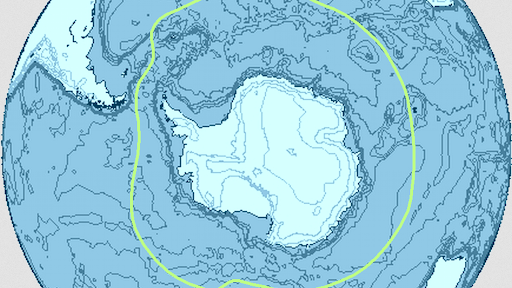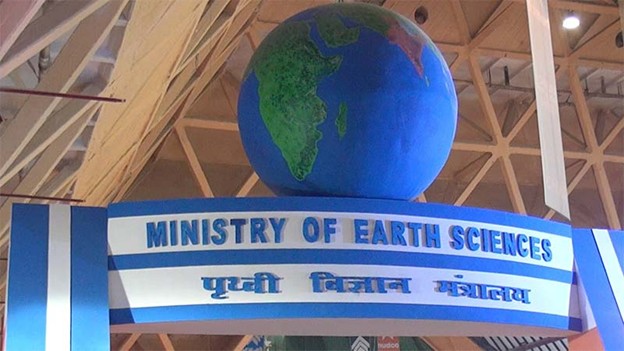Description
Copyright infringement not intended
Source: NewsByte
Context
According to a study conducted by IPE Global and Esri India, climate change is anticipated to cause a 43% increase in the intensity of extreme rainfall events in India by 2030, making the country hotter and wetter.
What is a heatwave?
|
Definition
|
A heatwave is a prolonged period of abnormally high temperatures, often with high humidity and low wind movement.
|
|
Criteria (India)
|
- Plains: Temperature exceeds 40°C
- Coastal Areas: Temperature exceeds 37°C
- Hilly Regions: Temperature exceeds 30°C
|
|
Cause 1: Urban Heat Island Effect
|
Urban areas are hotter than rural ones due to concrete surfaces, lack of greenery, and dense human activity. Noted as early as the 19th century.
|
|
Cause 2: Climate Change
|
Climate change contributes to rising temperatures, more frequent and intense heatwaves. Phenomena like El Niño further exacerbate conditions.
|
Heatwaves and Their Effects on Human Health
- Heatstroke and Dehydration: Prolonged exposure can result in heat exhaustion, heat cramps, and even fatal heatstrokes, particularly among the elderly, children, and outdoor workers.
- Worsening of Pre-Existing Conditions: High temperatures exacerbate cardiovascular, pulmonary, and kidney problems.
- Increase in Mortality and Morbidity: Previous instances, such as the 2015 heatwave in India, resulted in over 2,000 deaths, demonstrating the devastating impact on human life.
- Mental Health Stress: Extreme heat causes weariness, irritation, sleep disturbances, and mental stress.
- Reduced Labour Productivity: Because of risky working circumstances, outside workers (construction and agriculture) produce less.
- Urban Vulnerability: Slum dwellers, those without access to cooling, and the homeless are at a higher risk.
- Overburdened Healthcare Systems: Hospitals are experiencing an increase in emergency cases, putting a strain on the public health infrastructure.
- Water and Electricity Shortages: Increased demand for cooling and hydration causes utility stress, which affects health indirectly.
India's Heat Action Plan
- India's response to heatwaves began in 2013 with Ahmedabad's Heat Action Plan (HAP), which was the first of its type in Asia. Today, over 23 states and 140 communities have developed HAPs. These plans often involve early warnings and public alerts, community awareness campaigns, health system readiness, long-term mitigation measures including urban greening and cool roofing, and data collecting on morbidity and mortality.
- National Program for Climate Change and Human Health (NPCCHH): This service, administered by the National Disaster Management Authority (NDMA), delivers heat alerts and health-related information.
Source: The Hindu
Practice Question:
Q. With reference to heatwaves in Indian cities, consider the following statements:
- The India Meteorological Department (IMD) declares a heatwave when the maximum temperature is at least 4.5°C above normal.
- Urban areas are more vulnerable to heatwaves due to the Urban Heat Island (UHI) effect.
- The criteria for declaring a heatwave is the same across all geographical regions of India.
Which of the statements given above is/are correct?
(a) 1 and 2 only
(b) 2 and 3 only
(c) 1 and 3 only
(d) 1, 2 and 3
Answer:
(a) 1 and 2 only
Explanation:
- Statement 1: Correct – IMD declares a heatwave when the maximum temperature is 4.5°C to 6.4°C above normal for the region.
- Statement 2: Correct – Urban areas experience higher temperatures due to the Urban Heat Island effect, caused by concrete surfaces, traffic, and limited greenery.
- Statement 3: Incorrect – Heatwave thresholds vary by region (e.g., 40°C in plains, 37°C in coastal areas, 30°C in hilly regions).
|










